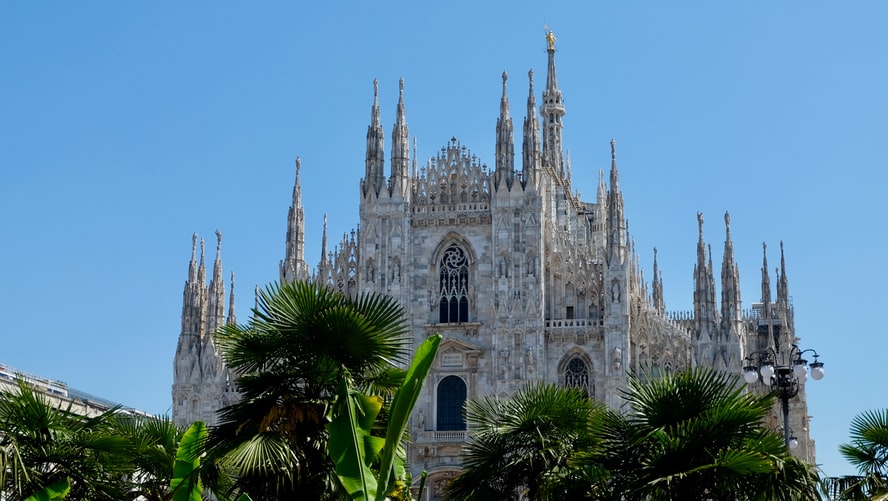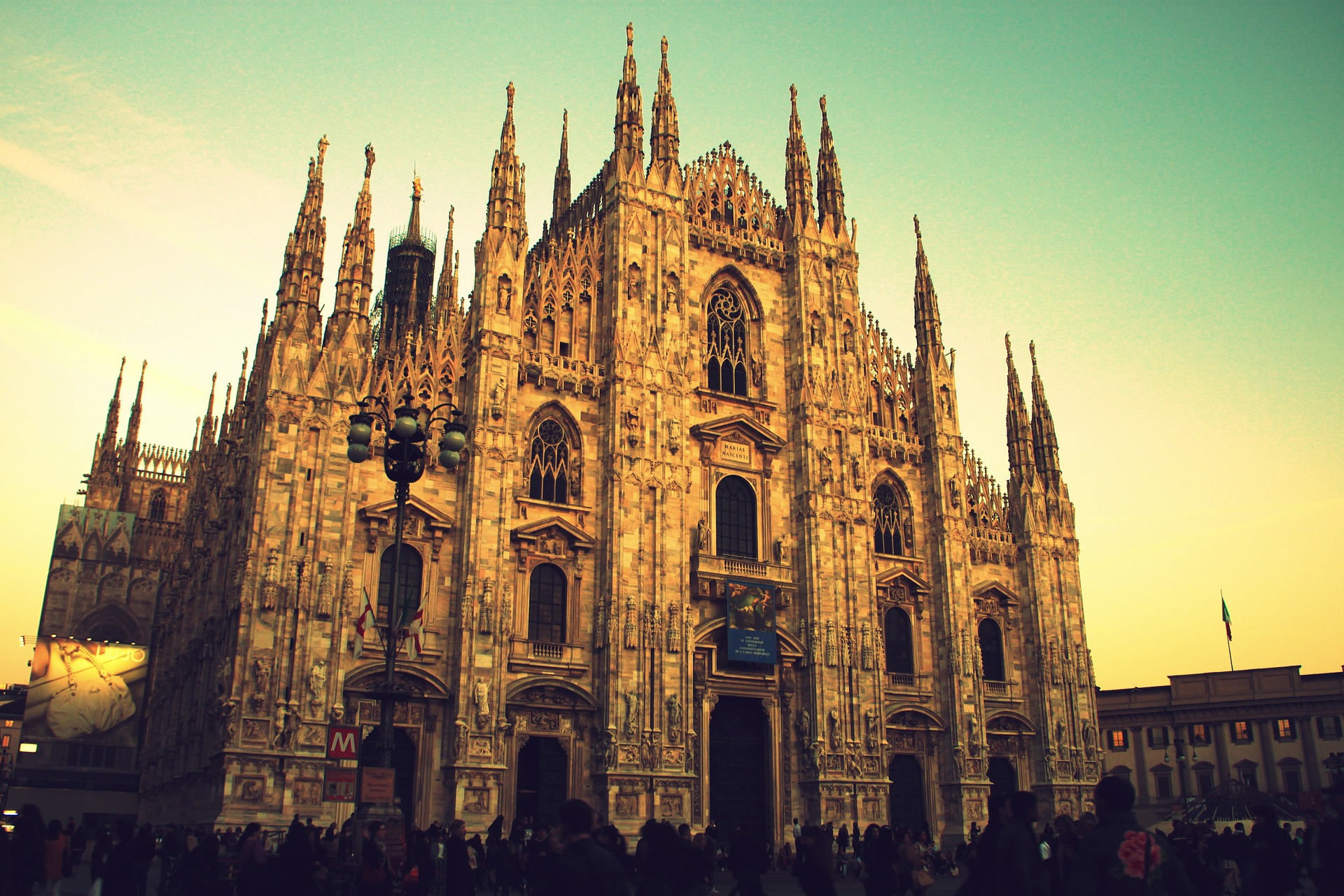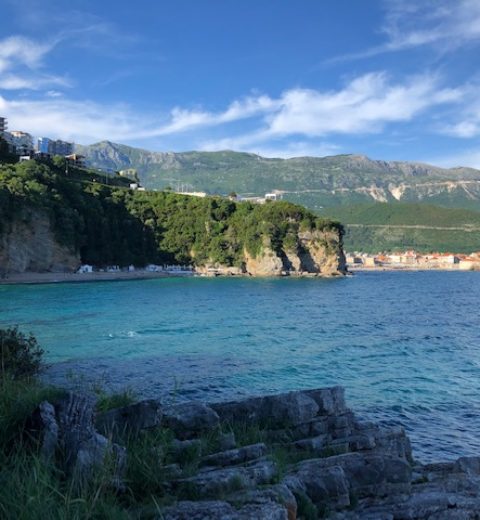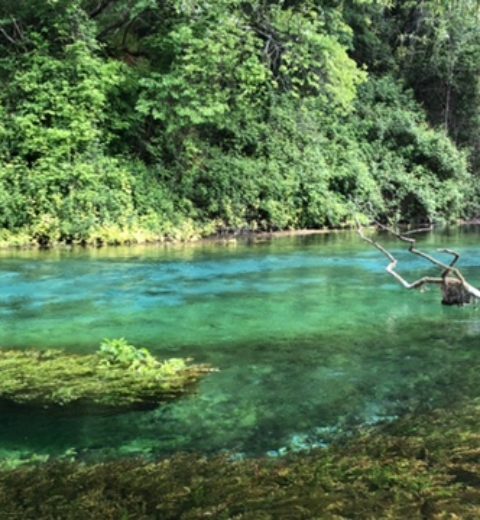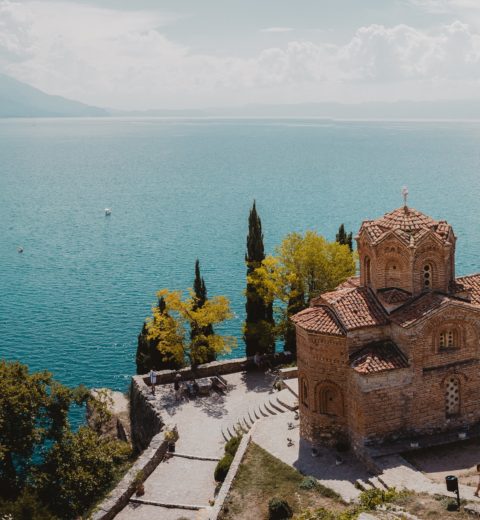Exploring Milan, through modernity and history
When thinking about Italy most people picture rolling hills adorned with olive groves and grapevines, secluded beaches, majestic alpine peaks, an overabundance of historical heritage, Lambrettas and Vespas and delicious, authentic food fresh out the market stall: All hallmarks of their enviable laid-back Mediterranean lifestyle.
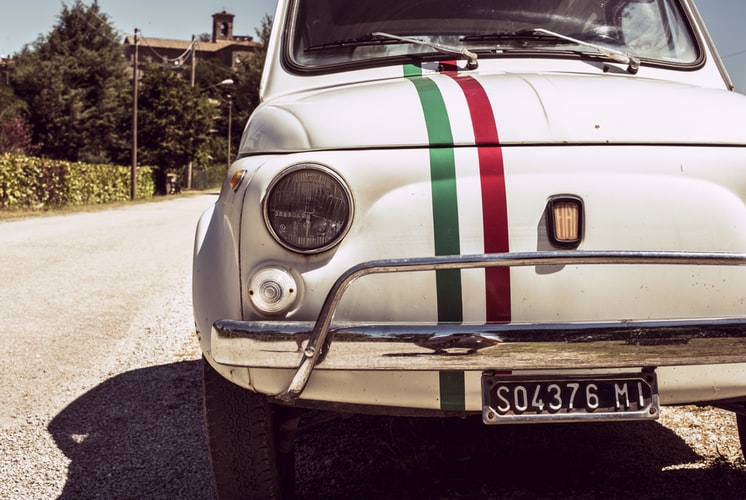
For most people the image is not of a sprawling metropolis filled with stressed out go-getters and blessed with up to six months of fog and rain, courtesy of the Po valley’ almost subtropical climate. Milan is the latter in the imagination of both Italians and quite a few foreigners. A city filled with fast-paced inhabitants (it is commonly said that Milan minute is equivalent to a New York minute) obsessed with work and nothing like their more relaxed paesani.
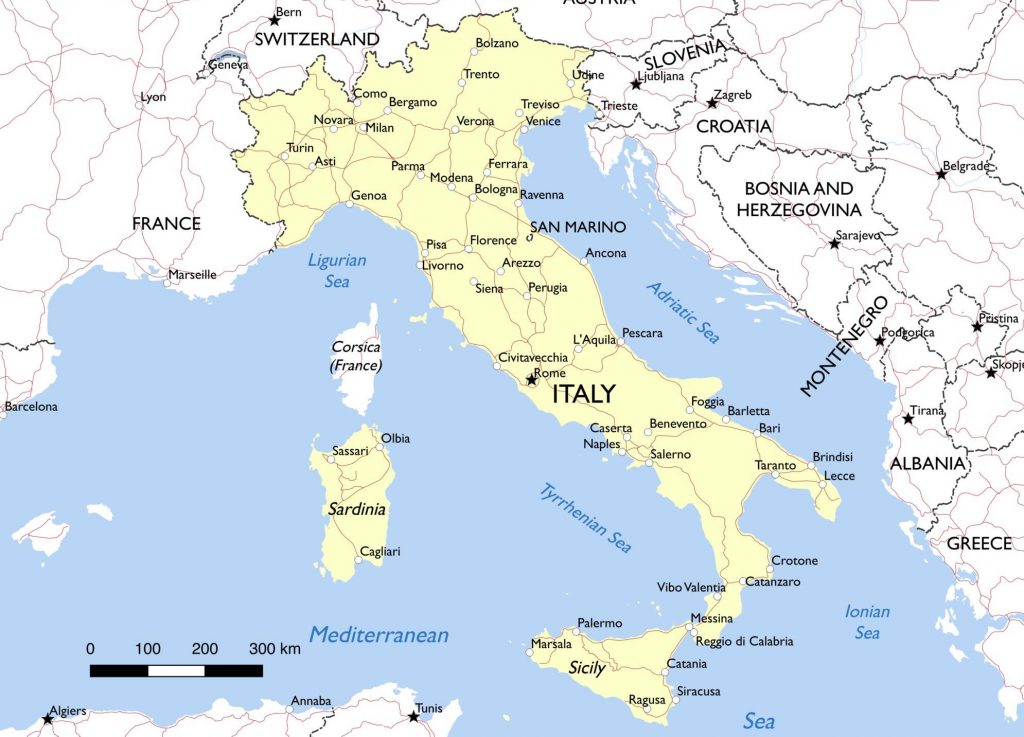
Milan has been fighting off this image for decades, opening its doors not only for business but for tourism. The economic powerhouse of Italy has a millenary history and an almost unrivalled wealth of cultural heritage, it is the undisputed capital of Italian fashion and art (Rome and Florence are worthy competitors but the Milan fashion week reigns supreme) and quite possibly the vastest array of cultural, artistic and musical events to choose from in the nation.
Milan’s dichotomy of sleek modernity and millenary history is probably the most striking in the nation, so it comes to no surprise that after that somewhat unflattering introduction, Milan is actually the most visited city in Italy! Steadily beating cities like Rome, Florence, Naples and Venice in visitor numbers in the past decade.
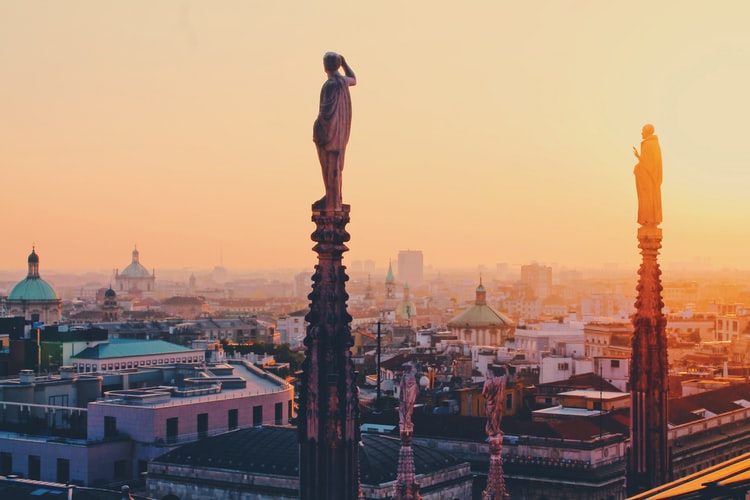
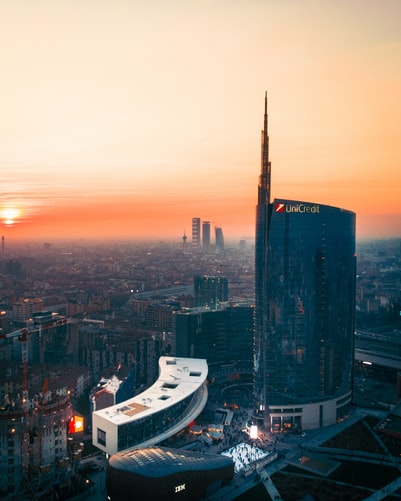
So, let’s get to it here are some of the best activities to do places to see and events to attend in the most exciting and trend-setting foggy city in the world.
Piazza Duomo and surroundings
We start our tour of “La Meneghina” (another name for the city, “meneghini” are the inhabitants) in the heart of it all, in front of the majestic Duomo and the eponymous piazza it is located in, the symbol of the city par excellence. This masterpiece of the gothic style is one of the most recognizable Northern-Italian landmarks. The pain staking detail in each facet of this extraordinary edifice is a testament to the staggering 600 years spent completing it. The church is the largest in Italy (St Peters being located on Vatican grounds). Just looking at it from any angle can be spellbinding as it truly is one of the most mesmerizing buildings in the world.
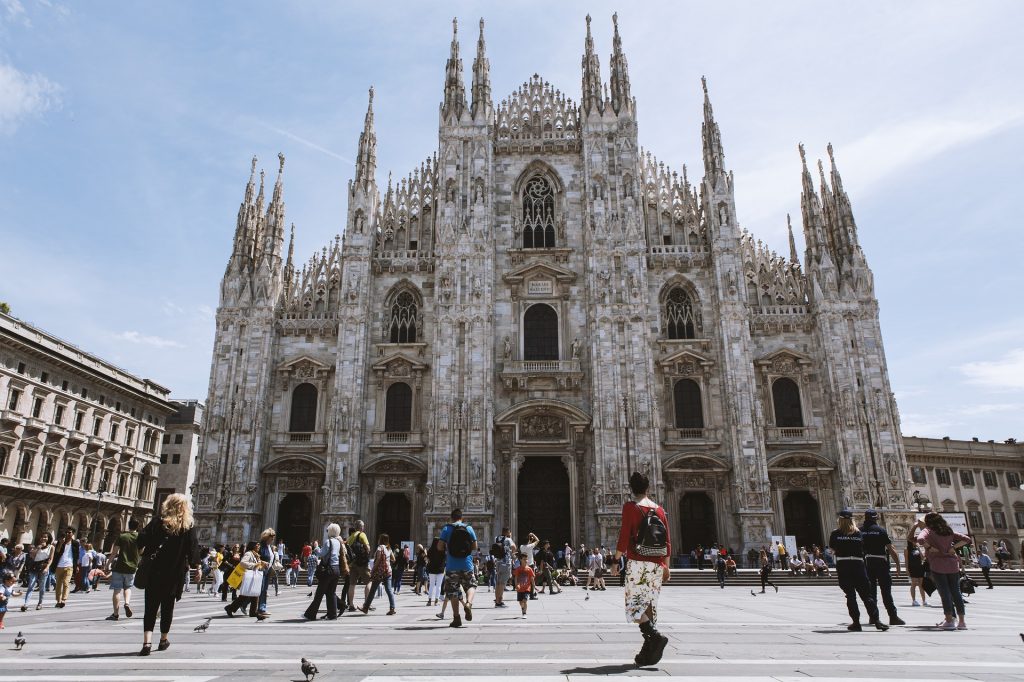
Each steeple is covered in magnificent sculptures by some of the greatest artists spanning from baroque to art decò and topped by the great Madonnina, a 4 mt golden statue that inspired countless ballads songs and proverbs dedicated to Milan and Milanesi. To see the incredible wealth of relics, frescoes and other wonders contained inside a ticket can be bought for the cost of 12 euros. This also permits access to the overboard terraces offering stunning viewpoints of the Duomo from above as well as the rest of the city.
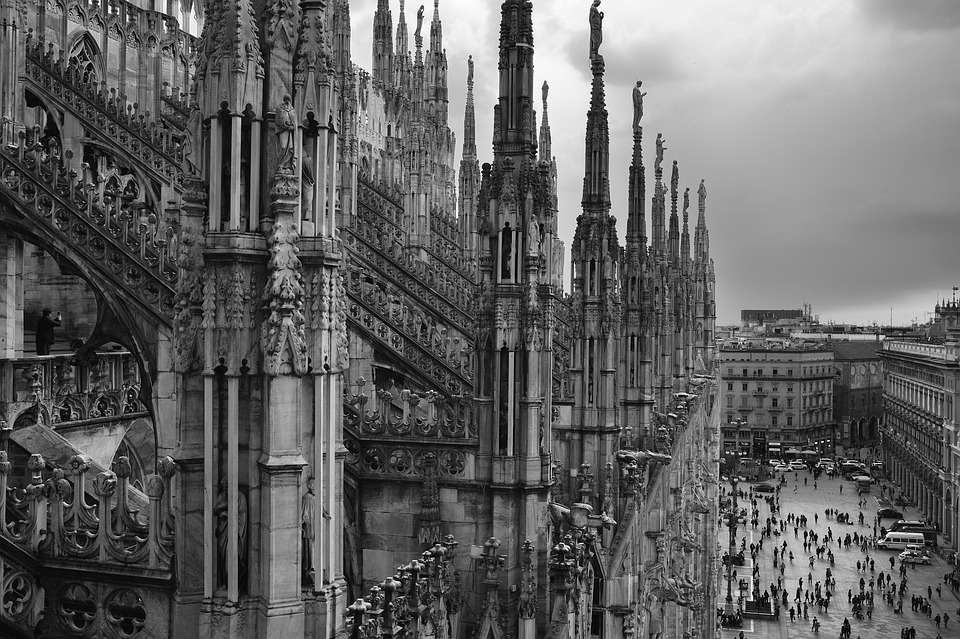
On the western side of piazza duomo is the entrance to a landmark and outstanding symbol of the city’s unrivalled sophistication: the Galleria Vittorio Emmanuele II. This massive mall prototype built in the 1800s was one of the first of its kind at the time, offering luxury goods and sumptuous reprieve for the Milanese high society.
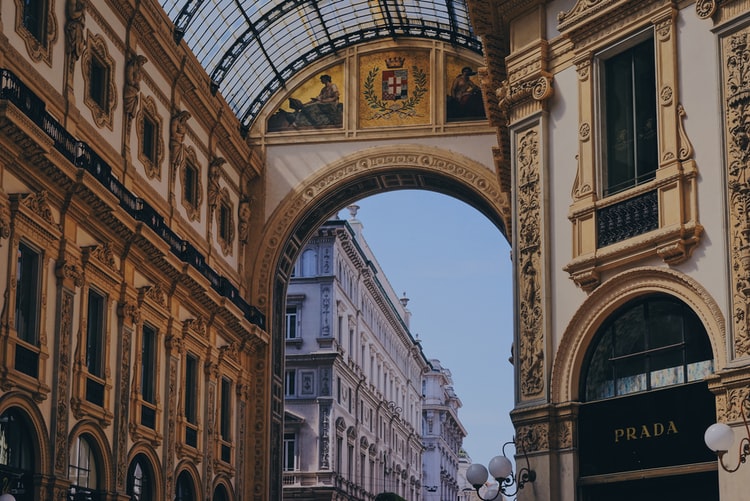
Today though usually swarmed by tourists it continues to offer exclusive high-end shopping (Prada, Versace, Gucci, Armani) and dining (famed chef famed chef Carlo Cracco’s main restaurant is located here). For Campari lovers, check out the original Camparino bar located next to the entrance of the galleria, founded in 1867 by Gaspare Campari it offers the perfect form of the iconic aperitif.
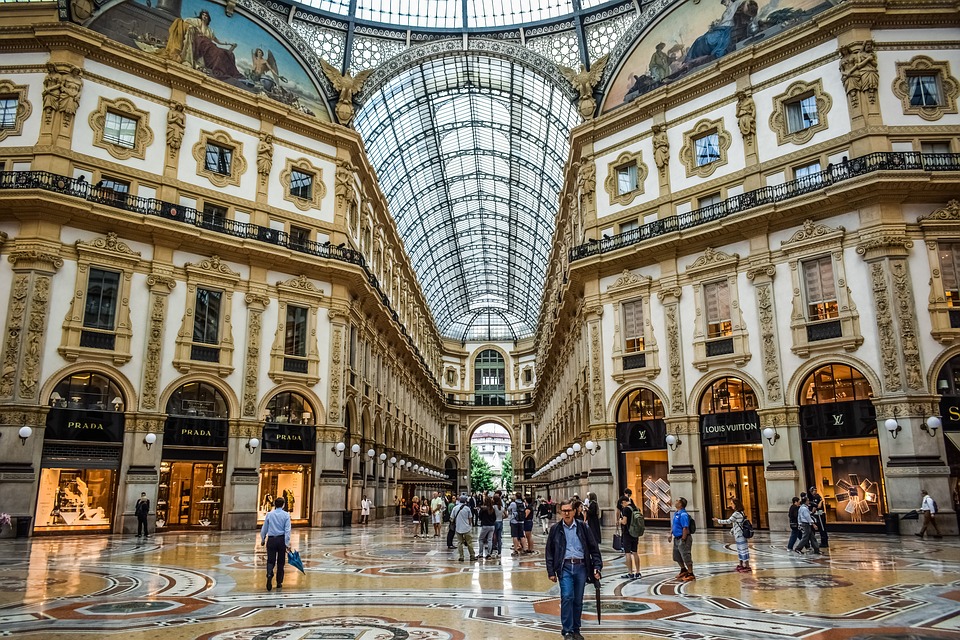
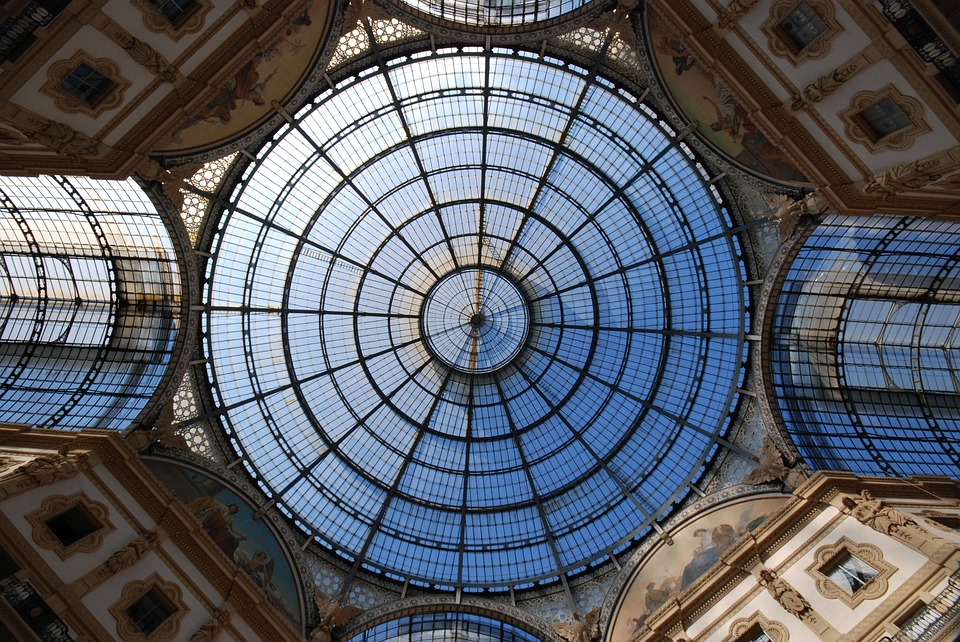
The Camparino is a stupendous spot to really soak in the Milanese experience and its terrace offers splendid views of the piazza below. There’s also a somewhat rival Aperol bar visible from the Camparino that offers the same experience except for the drink of course though some might call it treason as Aperol was concocted in Padua while Campari is 100% meneghina. On the other side of the piazza art connoisseurs can visit one of the best art museums of the country. The Museo del Noceneto hosts some of the greatest pieces of modern and contemporary art focalizing on Italian artists in the Dadaist, cubist and futurist spheres.
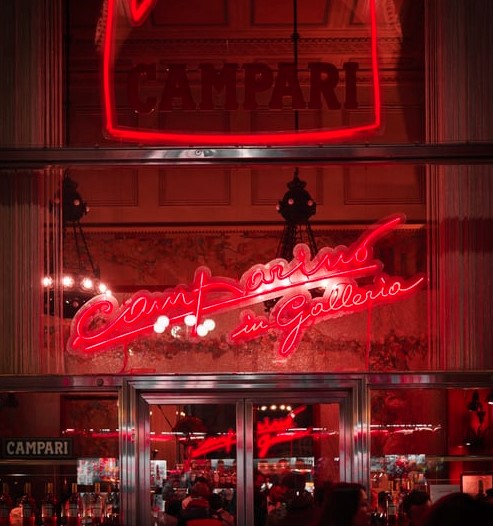
Milan Shopping Sprees
Moving away from the Duomo we hit the Quadrilatero della Moda, famed for Milan’s fashion week one of the four apex global fashion events. This neighborhoods many boutiques are practically unparalleled worldwide thanks to their location in a city that is arguably the birthplace of modern fashion. Though the entire centre is littered with shops, boutiques and stores dedicated to all styles from vintage to maximum exclusivity the first shopping mecca to mention is Corso Vittorio Emanuele II, one of the city’s principal boulevards linking Piazza del Duomo to trendy San Babila. From San Babila we move north-west on Via Monte Napoleone, an international symbol of affluence, the pinnacle of elegant shopping in the city (and perhaps the nation).
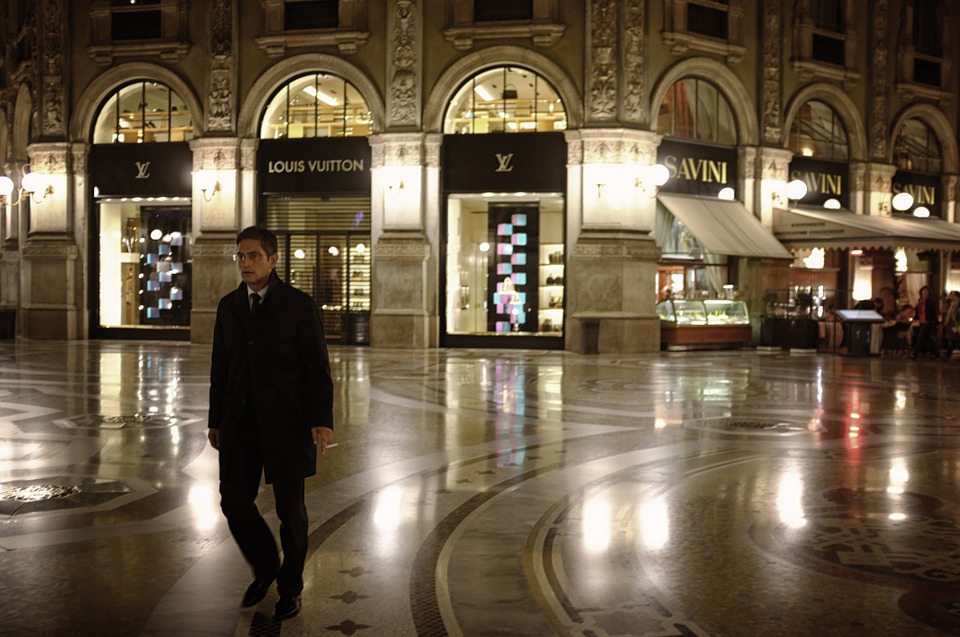
Real estate prices here are some of the highest in the world and the avenue symbolizes luxury shopping with Fendi, Louis, Vuitton, Armani and Dolce Gabbana stores dotting the way. The same can be said for the other three streets that bound the Quadrilatero: Via Manzoni, Via Venezia and Via della Spiga. The area around the bustling piazza Cordusio (bordered on all sides by historic strongholds of the city’s financial sector) is also rife with both shopping points and cultural hotspots.
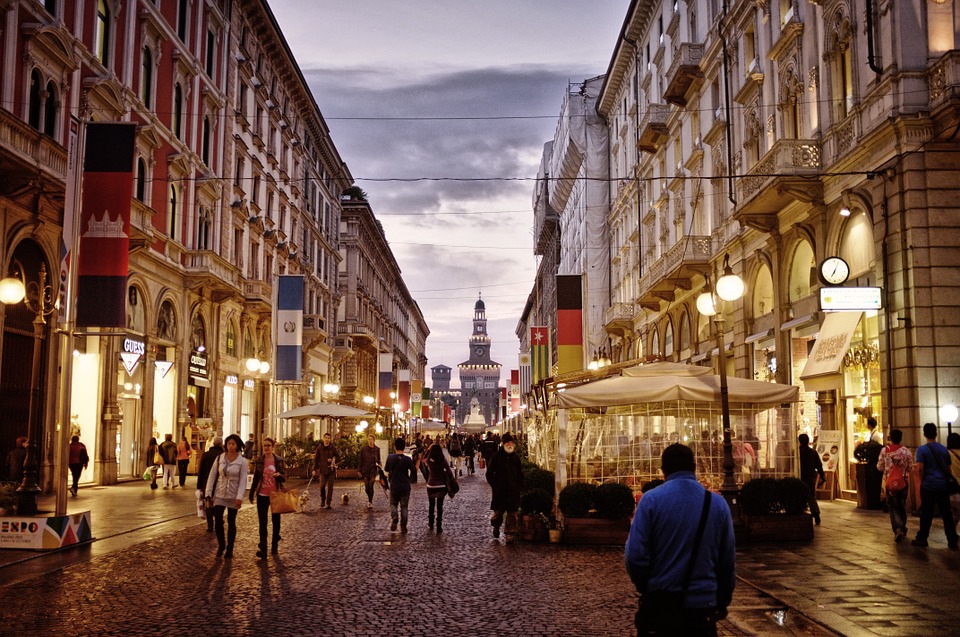
Via Torino is an all-encompassing thoroughfare popular both with locals and outsiders. The area also holds the twin churches of Santa Maria al Satiro and the Crypt of San Sepolcro. The first is often overlooked but its golden plated interior covered in frescoes is considered a masterpiece of early Renaissance art while the latter is an enigmatic crypt, one of the oldest in the city built on the site of the ancient Roman forum, its medieval labyrinth merging with the old roman subterranean passages.

Showcasing our first step in the so-called modern Milan, we arrive in Piazza Degli Affari (literally the “business square”) an impossibly trendy square situated in front of the imposing Palazzo di Mezzanotte, the seat of Milan’s Stock exchange. At the centre of the plaza is a curious sculpture. L.O.V.E is a modern piece by visionary artist Maurizio Cattelan all interpretations are valid for the his 4m high depiction of a human hand making a very well-known gesture.
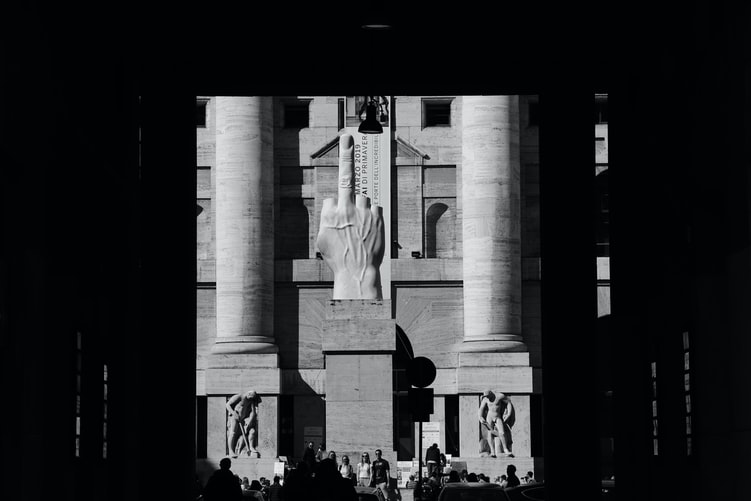
Castles Palaces and Parks
Milan, though never a royal capital of Italy has its own “Palazzo Reale” (royal palace), now holding the regional commission of Lombardy. The real symbol of the city’s power is undoubtedly the Castello Sforzesco
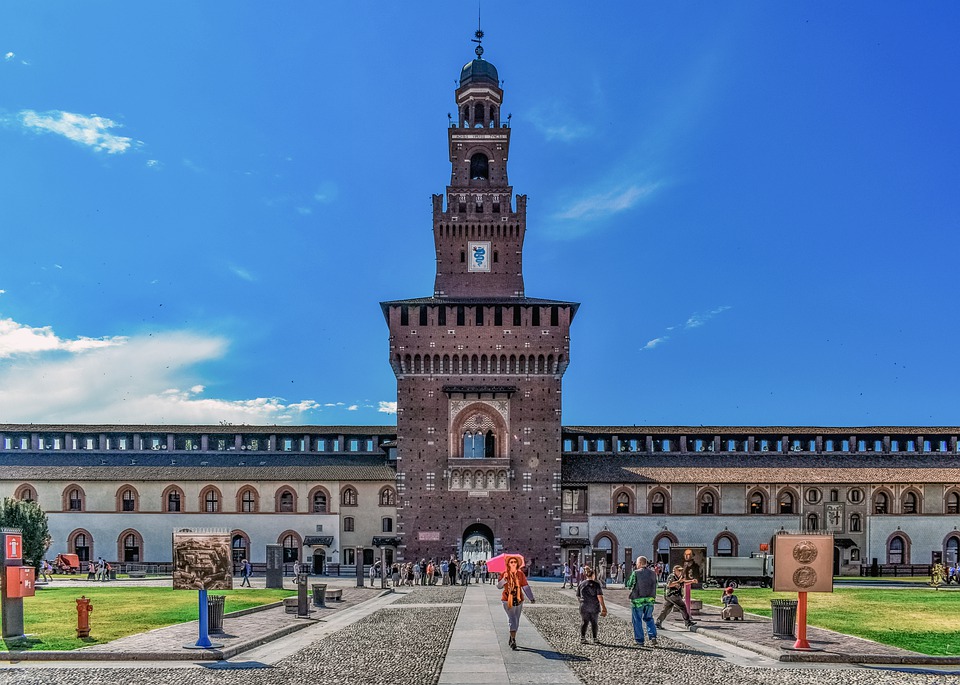
Located on the eastern edge of the Centro Storico or downtown area, the castle was constructed in the 15th century by Duke Francesco Sforza and is noted through history as one of Europe’s mightiest citadels now holding important cultural institutions and museums in its halls and gigantic courtyard. It is one of the principal symbols of the city’s incredible history during its time as one of Europe’s mightiest duchies.
Attached to the castles north-end is the city’s main park: Parco Sempione offers some respite in the concrete jungle that is Milan. Numerous paragons have been made with Central Park, including its size, popularity with both tourists and locals and lake located right in the middle. On the other end of the park is Milan’s answer to the Arc de Triumphe in Paris. The majestic Arco della Pace was dedicated to the universal peace reached in Europe in 1815 after the Congress of Vienna.
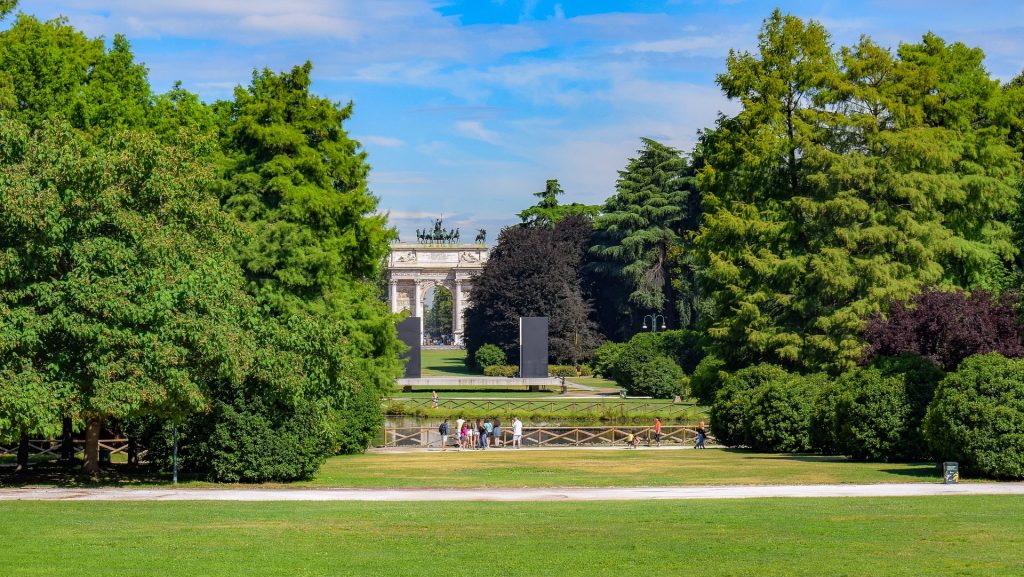
A few blocks north and you can visit Milan’s Chinatown, which steadily grew from a cluster of Chinese businesses centred around Via Paolo Sarpi till it became the largest Chinese enclave in the country made up of mostly immigrants from Zheijang province.
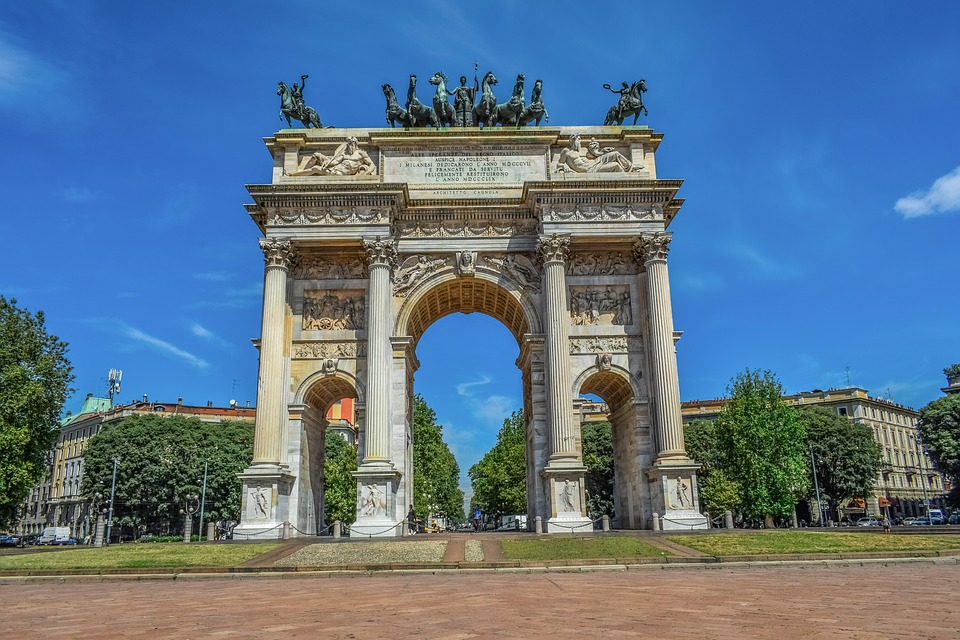
Culture and Music
Milan needs no introduction when it comes to culture, having dominated the scene in a nation that has at various times, dominated the artistic and intellectual scene worldwide. The sheer wealth of museums, art galleries and natural exhibitions is astounding. The Pinacoteca di Brera is widely renowned as the city’s premiere art gallery (included in the network are often the Museo Poldo Pezzoli and Pinacoteca Ambrosiana) the Padiglione Arte di Contemporanea (PAC) di Milano and Triennale are the city’s premiere modern art galleries, hosting a wealth of everchanging exhibitions on the cusp of the avant-garde including also expositions centred on design, cinema and as can be expected fashion.
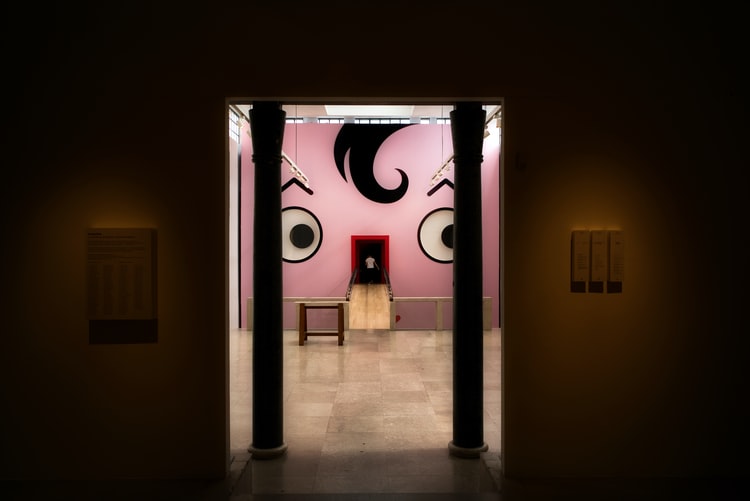
On the natural-scientific side we have the Planetario di Milano (planetarium), l’Osservatorio Astronomico di Brera (observatory), il Museo Civico di Storia Naturale di Milano (natural history museum), il Museo nazionale della scienza e della tecnologia (museum of science and technology, l’Acquario civico di Milano (aquarium). Milan is also famed for its many house-museums most famed of which is the edifice dedicated to Italian literary icon Alessandro Manzoni located in Via Morone.
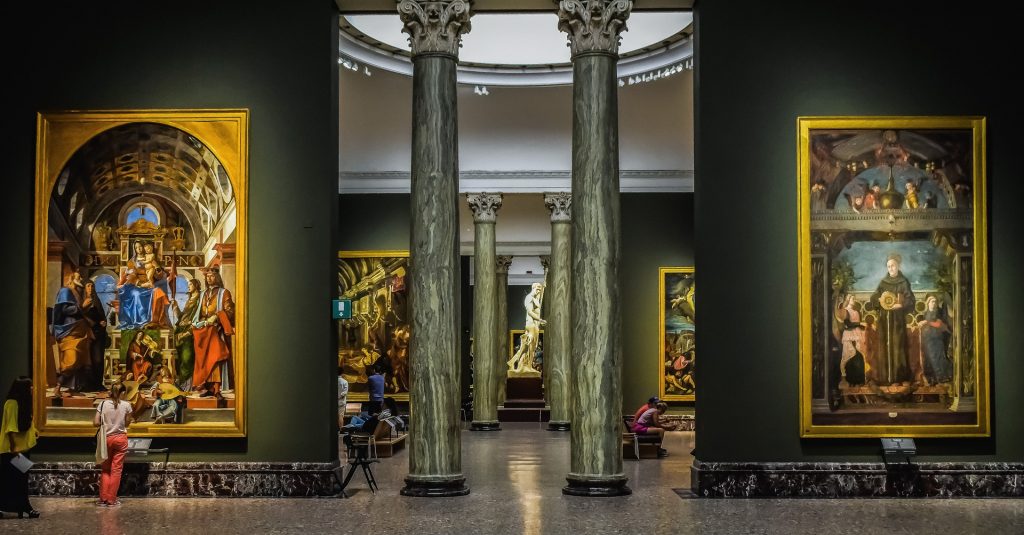
Not many countries can compete with Italy when it comes to opera music and one of the nation’s shining jewels is the Scala theatre of Milan. This iconic mecca of theatre and classical music is known as one of the most prestigious theatre and concert halls worldwide with over 240 years of excellence in the field hosting only the greatest in opera, classical music, theatre and ballet in the world. Another less known but still great institution to visit is the Teatro Dei Filodrammatici the city’s foremost dramatic theatre, though spectacles open to the public are intermittent the palaces exquisite liberty style architecture may suffice for architect aficionados (although the wealth of other buildings, palaces and other structures in baroque, rocòco and liberty styles are just too many to place in one article).
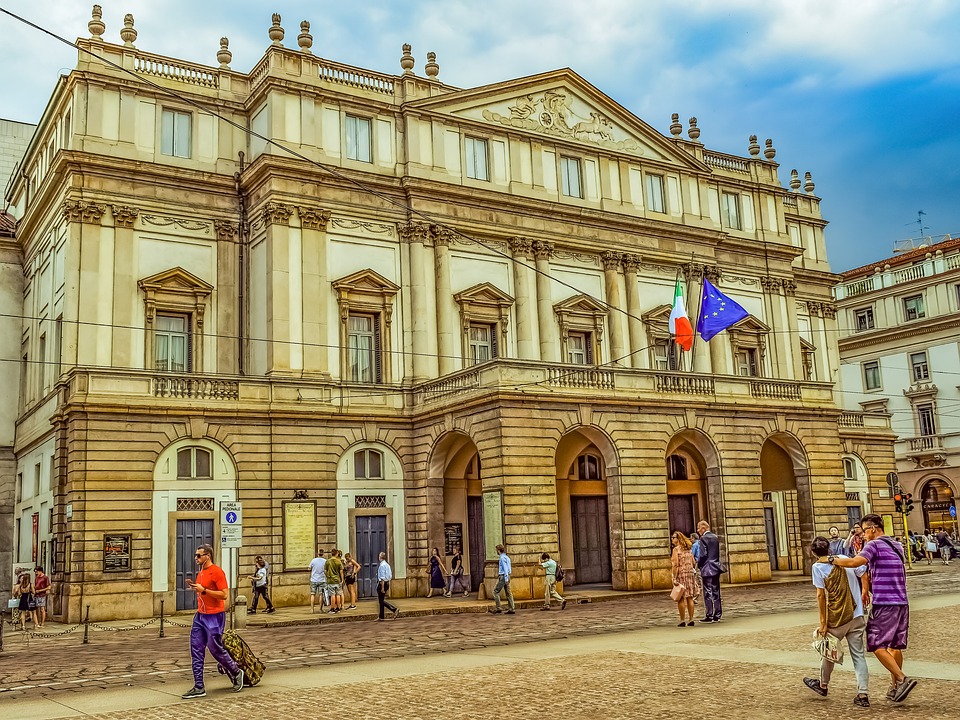
The Hippest of the hip neighborhoods in Milan
We start in Brera, the chicest quarter of the city. Brera is filled to the brim with landmarks, classy bars and restaurants contrasting high-level cultural and artistic institutions. It is both upper class and bohemian as one of the nation’s top art schools, L’Accademia di Brera is located here together with the already mentioned Pinacoteca (whose splendid gardens are free).
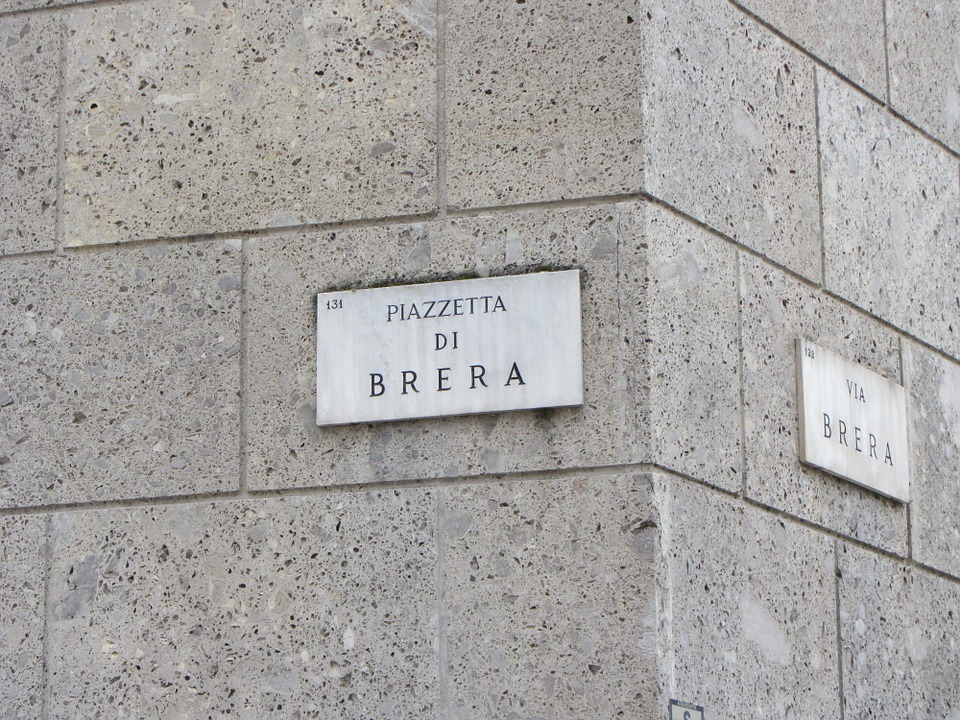
The Navigli sector is next on our list for those who want a more a vibrant and lively area. The neighbourhood is the party capitol of the city with revellers of all kinds massing around the countless bars and eateries that coast the canals (or navigli) that give the district its name. the area is also great for escaping summer heat thanks to its laid-back disposition during daytime great for romantic walks at dusk.
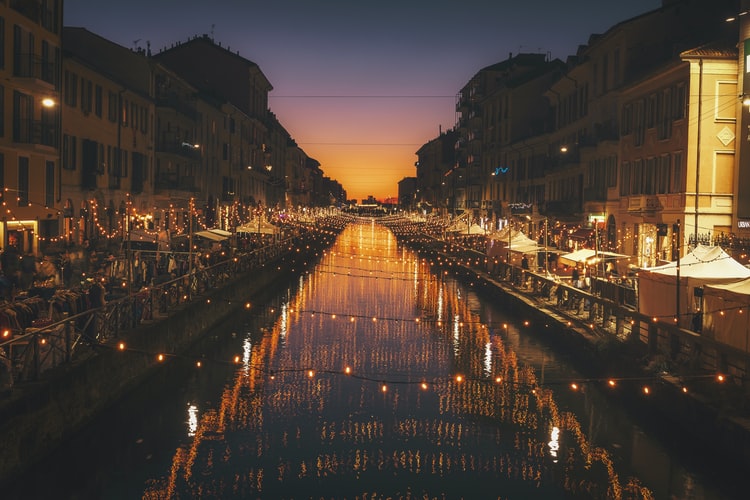
Moving to the area that most defines the new Milan we arrive in Piazza Gae Aulenti in the Isola quarter surrounded by sleek skyscrapers that are somewhat of a novelty in Italy. More comparisons with the Big Apple can be made as in winter an ice rink is set up in the plaza (much like Rockefeller centre in Manhattan). While Milan has been pushing its modernist agenda through building vertically since the 1970s (examples such as the Pirellone and Torre Velasca are seen as modern symbols of the city) newer buildings such as the Unicredit tower are continuing to push this vertical trend.
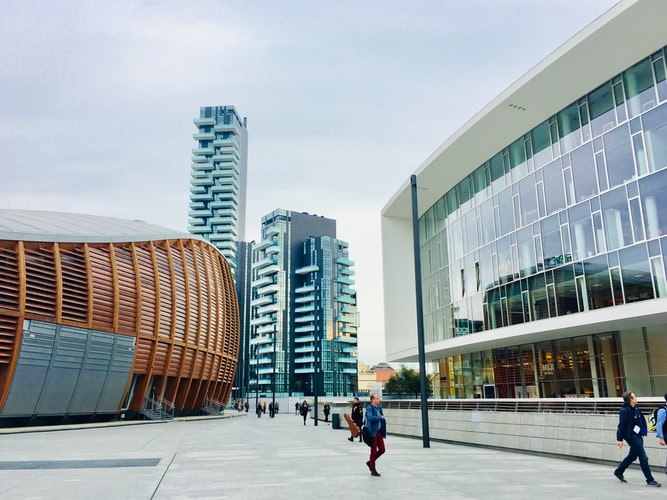
This bustling business and residential area has been newly defined by the appariscent “Bosco Verticale” (literally vertical forest) built during the time the city was hosting the EXPO. Newly minted edifices like this are the symbol of an expanding, everchanging Milan truer to its roots than what may seem if you look at the city’s history at the forefront of innovation and modernity.
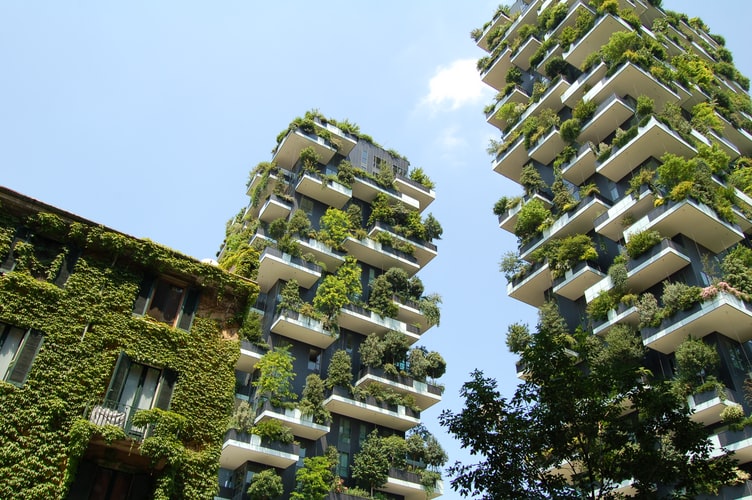
A must see for sports fans is the legendary San Siro stadium, located in the eponymous neighbourhood. This footballing temple also hosts a football museum and official stores of Inter Milan and AC Milan which are pilgrimage points for fans all over the world.
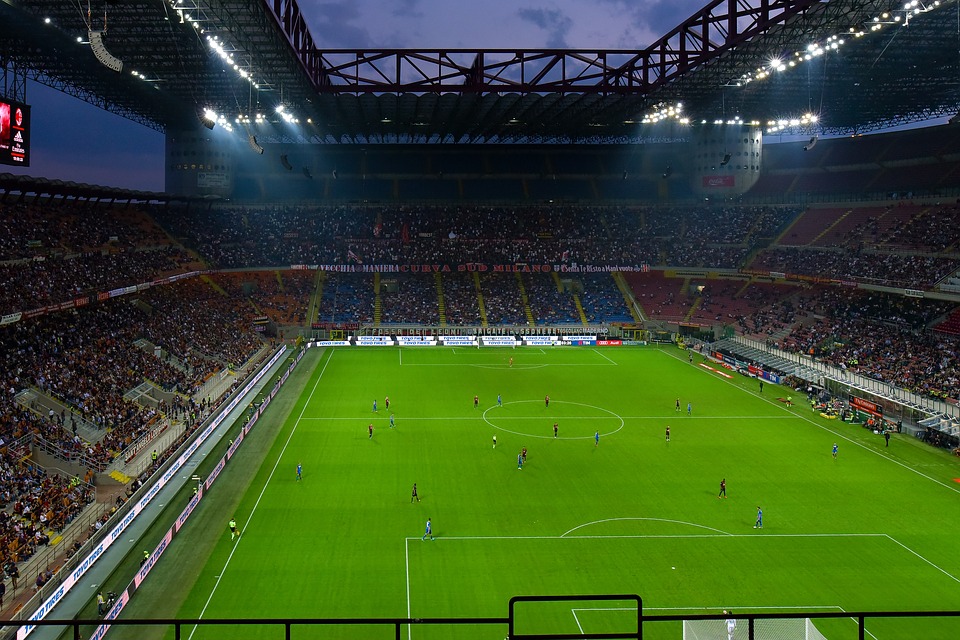
Our article is coming to an end, so it is appropriate to mention a last landmark. Santa Maria Delle Grazie is a splendidly conserved renaissance chapel. Though undoubtedly gorgeous its location in a land filled with magnificent churches and religious sites as Italy it can be sometimes overlooked if it wasn’t for the fact that the church and what it contains within is the city’s only UNESCO heritage site.
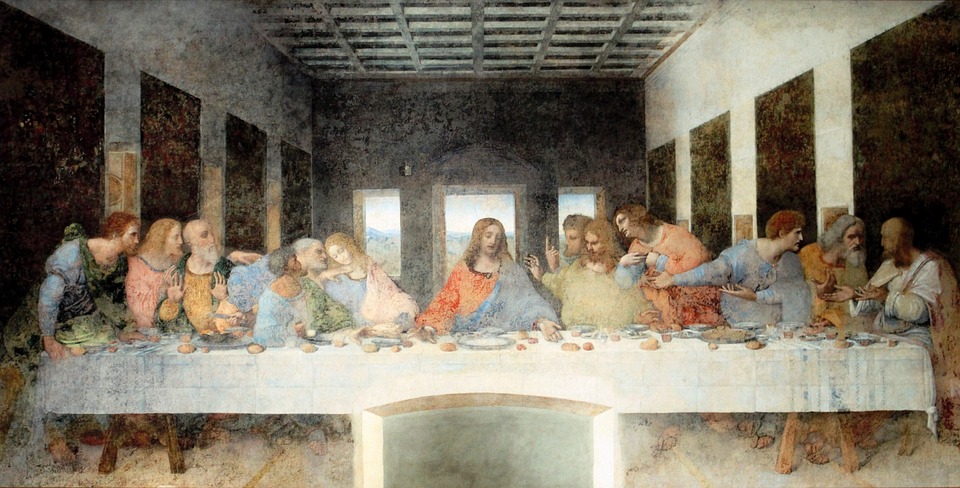
Conserved in the refectory (dining room) of the adjoined convent in fact is a fresco that is arguably one of the most instantly recognizable in the Western World. The last supper painted by the already mentioned Da Vinci (who although from Florence sojourned and came up with many of his inventions and artistic endeavours at the court of the Visconti in Milan) is our last (wordplay) attraction to visit, a fitting one as it symbolizes that even though the city has seen dramatic economic and physical expansion and unstoppable modernization its greatest wealth lies in its cultural foundations.
